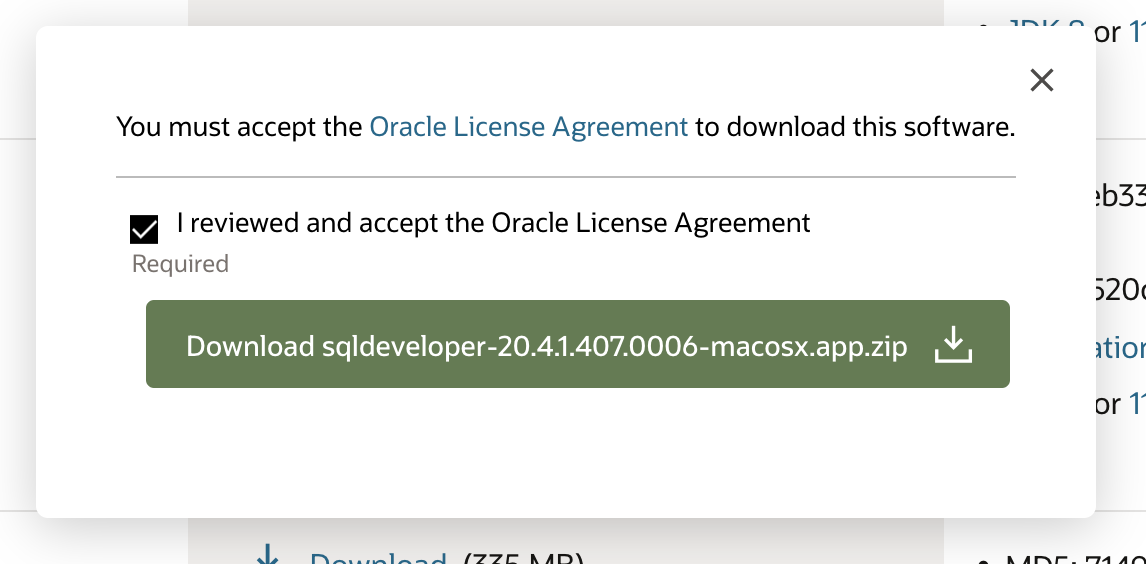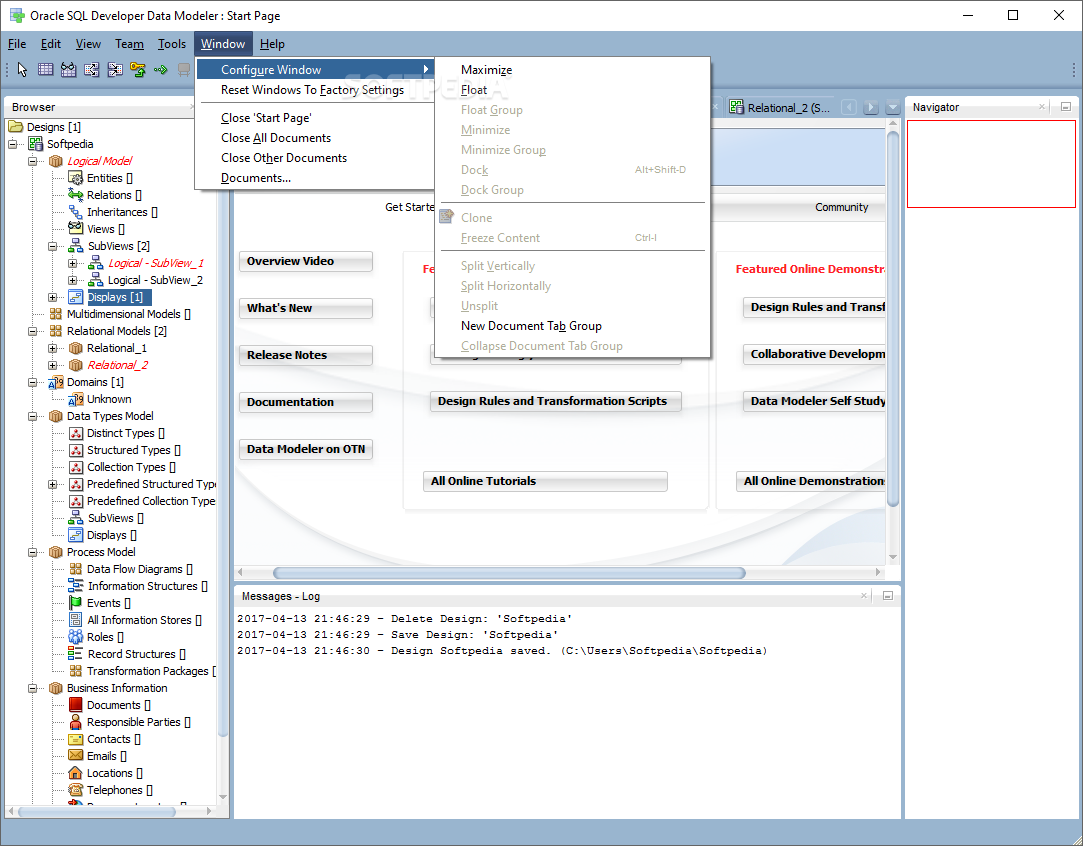
Position-notation is bad because somebody can alter that order and previously written INSERT statements will break or put data in the wrong columns. An INSERT statement without a list of column names is a position-notation statement. Relying on the insertion order of the columns is a bad idea. When you provide the column list you choose to implement named-notation, which is the right way to do it. The default prototype for an INSERT statement allows for an optional column list that overrides the default list of columns.

The CREATE statement defines the initial default signature, and the ALTER statement can change the number, data types, or ordering of columns in the default signature. The list is defined by the position and data type of columns. The default signature is the list of columns that defines the table in the data catalog. The INSERT statement has one significant limitation: its default signature. It also covers multiple-table INSERT statements. This section covers how you enter data with an INSERT statement that is based on a VALUES clause or a subquery result statement. Oracle also provides a multiple- table INSERT statement. Oracle does support default and override signatures as qualified in the ANSI SQL standards. Oracle doesn’t support multiple-row inserts with a VALUES clause. Oracle databases differ from other databases in how they implement the INSERT statement. Mandatory columns are those that are not null constrained. The named list overrides the positional (or default) order from the data catalog and must provide at least all mandatory columns in the table definition. Alternatively to the list of columns from the data catalog, you can provide a named list of those columns.

That list is found in the data dictionary or catalog. The list of columns in the VALUES clause or SELECT clause of a query (a SELECT list) must map to the positional list of columns that defines the table. INSERT statements work with scalar, single-row, and multiple-row subqueries. Query values are results from SELECT statements that are subqueries (covered earlier in this appendix). The VALUES clause takes a list of literal values (strings, numbers, and dates represented as strings), expression values (return values from functions), or variable values. The INSERT statement lets you enter data into tables and views in two ways: via an INSERT statement with a VALUES clause and via an INSERT statement with a query.
Oracle sql developer for mac os how to#
Learn how to use subqueries in INSERT statements.Learn how to use the VALUES clause in INSERT statements.Learn how to use positional- and named-notation in INSERT statements.I did it on a memory that Oracle’s TNS raises errors for dots or periods in some addresses. Then, I modified /etc/hostname file by removing the AWS EC2 damain address. So, I checked the /etc/hostname and /etc/hosts files. I suspected that it might be related to the localhost value. (ADDRESS = (PROTOCOL = IPC)(KEY = EXTPROC_FOR_XE)) (ADDRESS = (PROTOCOL = TCP)(HOST = localhost)(PORT = 1521)) # tnsnames.ora Network Configuration File: XE = (DESCRIPTION = (ADDRESS = (PROTOCOL = TCP ) (HOST = localhost ) (PORT = 1521 ) ) (CONNECT_DATA = (SERVER = DEDICATED ) (SERVICE_NAME = XE ) ) )ĮXTPROC_CONNECTION_DATA = (DESCRIPTION = (ADDRESS_LIST = (ADDRESS = (PROTOCOL = IPC ) ( KEY = EXTPROC_FOR_XE ) ) ) (CONNECT_DATA = (SID = PLSExtProc ) (PRESENTATION = RO ) ) )

# tnsnames.ora Network Configuration FILE:


 0 kommentar(er)
0 kommentar(er)
